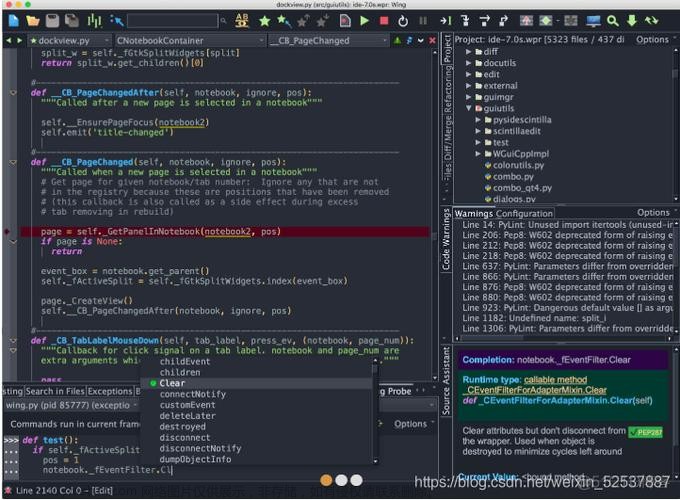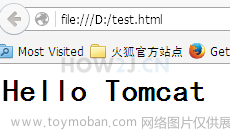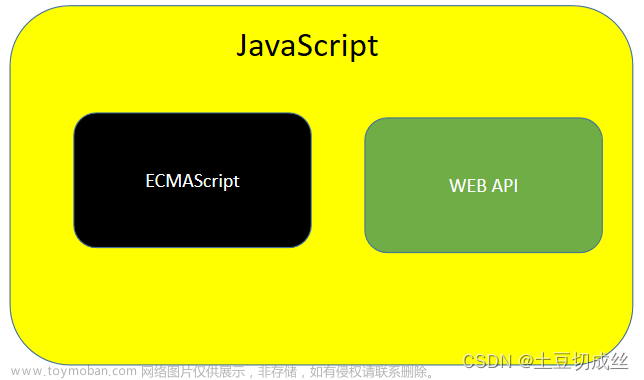大家好,小编来为大家解答以下问题,派森语言python干什么的,派森编程课程怎么样,今天让我们一起来看看吧!

简单的数学运算
整数相加,得到整数:
2 + 2
4
浮点数相加,得到浮点数:
2.0 + 2.5
4.5
整数和浮点数相加,得到浮点数:
2 + 2.5
4.5
变量赋值
Python使用<变量名>=<表达式>的方式对变量进行赋值
a = 0.2
字符串 String
字符串的生成,单引号与双引号是等价的:
s = "hello world"
s
'hello world'
s = 'hello world'
s
'hello world'
三引号用来输入包含多行文字的字符串:
s = """hello
world"""
print s
hello
world
s = '''hello
world'''
print s
hello
world
字符串的加法:
s = "hello" + " world"
s
'hello world'
字符串索引:
s[0]
'h'
s[-1]
'd'
s[0:5]
'hello'
字符串的分割:
s = "hello world"
s.split()
['hello', 'world']
查看字符串的长度:
len(s)
11
列表 List
Python用[]来生成列表
a = [1, 2.0, 'hello', 5 + 1.0]
a文章来源地址https://www.toymoban.com/news/detail-631678.html
[1, 2.0, 'hello', 6.0]
列表加法:
a + a
[1, 2.0, 'hello', 6.0, 1, 2.0, 'hello', 6.0]
列表索引:
a[1]
2.0
列表长度:
len(a)
4
向列表中添加元素:
a.append("world")文章来源:https://www.toymoban.com/news/detail-631678.html
a
简单的数学运算
整数相加,得到整数:
2 + 2
4
浮点数相加,得到浮点数:
2.0 + 2.5
4.5
整数和浮点数相加,得到浮点数:
2 + 2.5
4.5
变量赋值
Python使用<变量名>=<表达式>的方式对变量进行赋值
a = 0.2
字符串 String
字符串的生成,单引号与双引号是等价的:
s = "hello world"
s
'hello world'
s = 'hello world'
s
'hello world'
三引号用来输入包含多行文字的字符串:
s = """hello
world"""
print s
hello
world
s = '''hello
world'''
print s
hello
world
字符串的加法:
s = "hello" + " world"
s
'hello world'
字符串索引:
s[0]
'h'
s[-1]
'd'
s[0:5]
'hello'
字符串的分割:
s = "hello world"
s.split()
['hello', 'world']
查看字符串的长度:
len(s)
11
列表 List
Python用[]来生成列表
a = [1, 2.0, 'hello', 5 + 1.0]
a
[1, 2.0, 'hello', 6.0]
列表加法:
a + a
[1, 2.0, 'hello', 6.0, 1, 2.0, 'hello', 6.0]
列表索引:
a[1]
2.0
列表长度:
len(a)
4
向列表中添加元素:
a.append("world")
a
到了这里,关于派森语言python干什么的,派森编程课程怎么样的文章就介绍完了。如果您还想了解更多内容,请在右上角搜索TOY模板网以前的文章或继续浏览下面的相关文章,希望大家以后多多支持TOY模板网!










